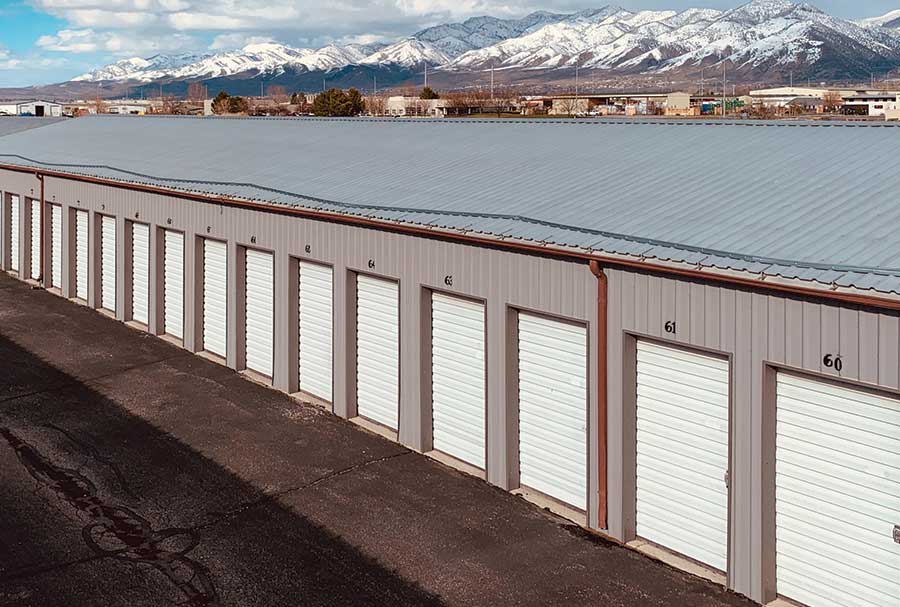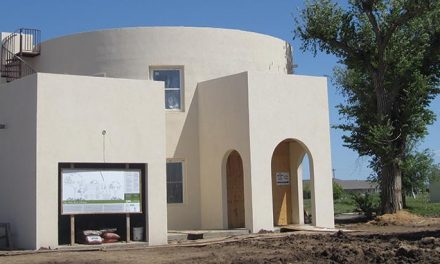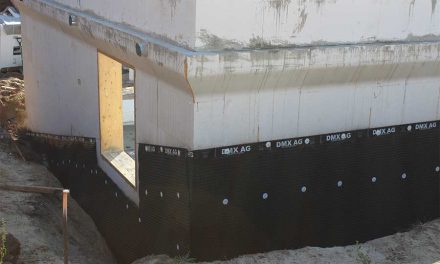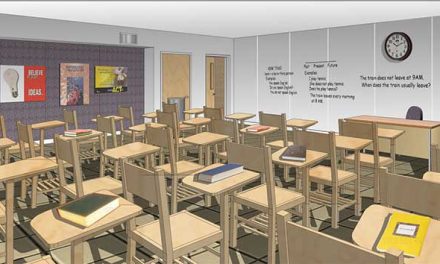By Lottie Westfield
In the pursuit of optimal preservation, ICFs clearly step up to the plate. They are an ideal choice for constructing climate-controlled self-storage facilities, offering unparalleled protection for sensitive items like wine, antiques, photographs, electronics, or paper documents. How so? The emphasis lies in their ability to drastically reduce air infiltration — up to 60% lower compared to traditional walls, according to Forbes. The significant reduction in air leakage ensures a consistently stable and controlled climate for your valuables, safeguarding them against potential damage from fluctuations in temperature, moisture, and pests. With ICFs, the aim is not merely about storing items but preserving their integrity. It’s a solution that truly brings peace of mind.
A Solid Layer of Insulation
The main advantage of using ICFs in climate-controlled self storage facilities is that they provide a solid, continual layer of insulation. Thermal bridging — essentially defined as weak points in any building that allow heat or cold to pass through more easily — can often be an issue when your climate-controlled self storage facility is constructed as an expansion to a pre-existing structure. Unless the existing facility is already well-insulated, cold can seep through from the new facility into the existing one, and disrupt the temperature. Fortunately, using ICFs provides the self storage facility with a continual layer of insulation, therefore working to prevent the unwanted issue of thermal bridging. In fact, according to the U.S. Department of Energy, ICFs have an impressively high thermal resistance of around R-20 on average.
The Surprisingly Long History
Indeed, ICFs are an impressive technology increasingly used to construct durable and sustainable buildings. However, what you may not realize is that ICFs are far from a recent invention. In fact, the history of concrete in all its forms is a rich and fascinating one — dating back to at least 6,500 BC in areas within southern Syria and northern Jordan at the earliest. In the United States, concrete really began to become a mainstream construction material in the mid-1800s, during which it was widely used to build the cities we live in today. As for ICFs, their history stretches back to World War II when Swiss nationals August Schnell and Alex Bosshard were looking for a quick and easy way to rebuild war-torn cities. Eventually, in the 1960s, Werner Gregori patented the first ICF in North America. And, ever since then, this revolutionary technology has only continued to be improved and refined. As a result, all buildings and self storage facilities constructed with ICFs today are certain to be as strong, airtight, and energy efficient as possible.
Keep Out Unwanted Pests
Moreover, the impressive, solid layer of insulation provided by ICFs also helps to protect valuables and keep unwanted pests at bay, therefore ensuring stored items stay fresh and in good condition for as long as possible. For example, rodents are a huge issue currently plaguing storage units across the United States, a recent investigation by Inside Edition reveals. And, when it comes to food storage facilities, in particular, it’s essential there’s no holes or spaces inside the walls where unwanted pests can nest. The U.S. Food and Drug administration (FDA) specifically disallows holes or gaps of any kind in the walls of food storage facilities. This makes pest-proof self storage facilities an all-important priority. Fortunately, ICF provides the perfect solution capable of keeping pests at bay. The hollow foam blocks — typically made from either styrofoam or polystyrene — function as the insulation, while steel-reinforced concrete is cured inside the blocks, therefore forming the structural element of the wall. Since the concrete is poured slowly down throughout the entirety of the structure, no voids or gaps of any kind are left between the two materials.
ICFs are the perfect choice of material for constructing climate-controlled self storage facilities to keep your valuable items safe and in great condition for long periods of time. By providing a continuous layer of airtight insulation and effectively protecting against harmful pests, valuable items — whether they be electronics, paper documents, or wine, for instance — can successfully be kept at the optimal temperature and shielded from harmful fluctuating external conditions.













